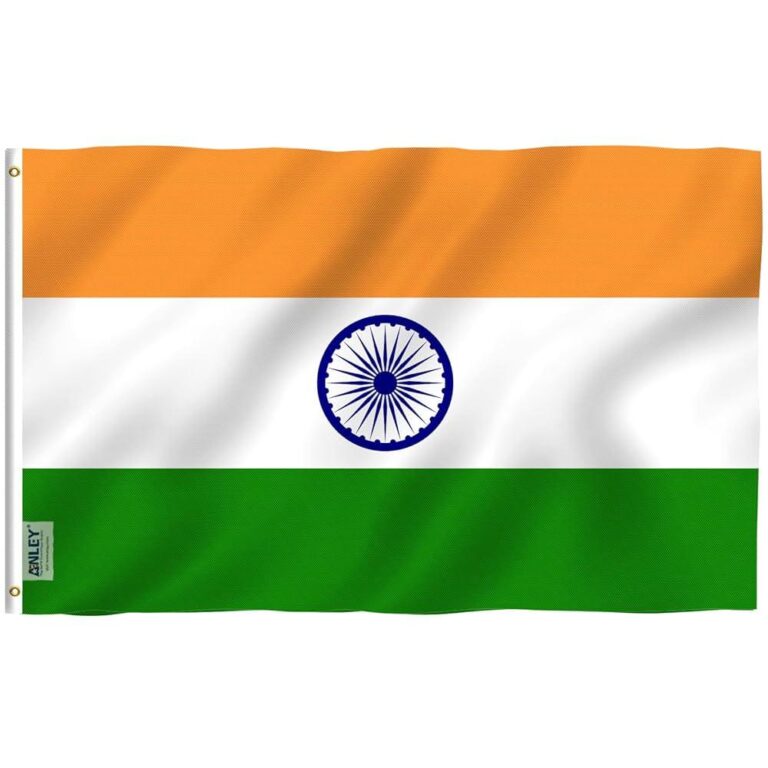India finds itself increasingly entangled in the lasting effects of tariffs imposed during the Trump administration, as efforts to boost exports to the United States encounter persistent trade barriers. Despite diplomatic negotiations and policy adjustments, New Delhi faces significant challenges in shedding the so-called “Trump tariff trap,” which continues to hamper key sectors of its economy. This article explores the evolving dynamics of India-US trade relations and the hurdles India must overcome to regain competitive access to one of its most important markets.
India Faces Mounting Trade Pressures Amid US Tariff Policies
The ongoing escalation of US tariff policies has put New Delhi in an increasingly difficult position, as American trade measures directly impact key Indian exports. Despite efforts to engage in diplomatic negotiations, Indian industries are grappling with heightened costs and shrinking market access in the United States, a traditionally vital trade destination. Key sectors such as textiles, pharmaceuticals, and IT services are among the hardest hit, facing both increased tariffs and regulatory hurdles designed to protect domestic US manufacturers. This adversarial environment threatens to destabilize India’s export growth trajectory and could result in significant economic repercussions in the coming quarters.
Industry leaders and policymakers are exploring multifaceted strategies to mitigate the fallout, including:
- Diversifying export markets to reduce dependency on the US.
- Increasing competitiveness through innovation and cost efficiency.
- Leveraging free trade agreements with alternative partners.
- Strengthening domestic supply chains to buffer external shocks.
| Indian Export Sector | US Tariff Increase (%) | Impact |
|---|---|---|
| Textiles & Apparel | 25% | Reduced orders and price pressure |
| Pharmaceuticals | 15% | Supply chain delays and cost rises |
| IT Services | 10% | Increased visa restrictions, delivery challenges |
Impact on Export Sectors Reveals Deepening Economic Strain
India’s export sectors are bearing the brunt of the escalating trade tensions triggered by the Trump administration’s tariff policies. Key industries such as textiles, pharmaceuticals, and automobile components are reporting significant declines in orders and revenue, as American importers seek alternative suppliers to avoid costly tariffs. The uncertainty has disrupted supply chains and led to cautious inventory management, with exporters feeling the increasing pressure to recalibrate their strategies amidst dwindling demand from the US market.
Major impacts observed include:
- Textile export volumes down by 14% in Q1 2024
- Pharma sector facing a 10% drop in US-bound shipments
- Automobile component exports slashed due to rising tariffs
| Sector | Q1 2024 Export Decline | Primary US Impact |
|---|---|---|
| Textiles | 14% | Costly re-routing & new compliance |
| Pharmaceuticals | 10% | Increased tariff barriers |
| Automobiles | 12% | Reduced demand, sourcing shift |
These export setbacks underscore the broader economic strain as India grapples with reduced foreign exchange earnings and a deepening trade imbalance. Industry leaders warn that without swift policy intervention and improved bilateral negotiations, the ripple effects could jeopardize employment and manufacturing growth, further challenging the nation’s economic resilience.
Strategic Policy Adjustments Urged to Navigate Complex Trade Landscape
As India grapples with the lingering effects of the US tariffs imposed during the previous administration, policymakers are increasingly advocating for a recalibrated trade strategy. The current tariff environment has exposed vulnerabilities in India’s export sectors, particularly in textiles, steel, and agricultural products, which have faced restricted access to key markets. Experts suggest that without swift policy adaptations, India risks losing competitiveness in the global arena, especially as rival economies pivot towards more favorable trade terms.
Key recommendations gaining traction among trade analysts include:
- Enhancing Supply Chain Resilience through diversification and domestic capacity building
- Strengthening Bilateral Trade Negotiations to secure exemptions and reduce tariff burdens
- Investing in Technology and Innovation to add value and meet evolving international standards
| Sector | Impact | Policy Focus |
|---|---|---|
| Textiles | High tariffs limiting exports | Export diversification & quality upgrades |
| Steel | Production slowdown due to trade barriers | Infrastructure investment & trade dialogue |
| Agriculture | Reduced market access | Supply chain modernization & market access |
In an evolving global trade landscape marked by protectionism and shifting alliances, India’s ability to implement strategic reforms will be pivotal. Balancing immediate economic needs with long-term trade ambitions requires cohesive action across government bodies and industry stakeholders alike.
The Way Forward
As India grapples with the implications of the Trump-era tariffs, the path to economic recovery and growth remains uncertain. While policymakers explore measures to mitigate the impact and diversify trade partnerships, the legacy of tariff tensions continues to challenge India’s ambitions on the global stage. How New Delhi navigates this complex landscape will be crucial in shaping the country’s economic trajectory in the years ahead.




